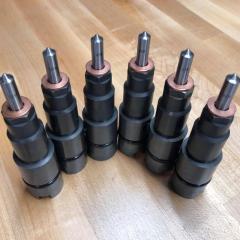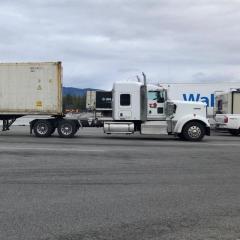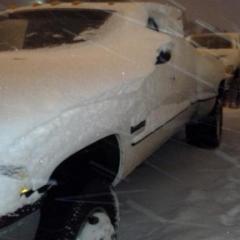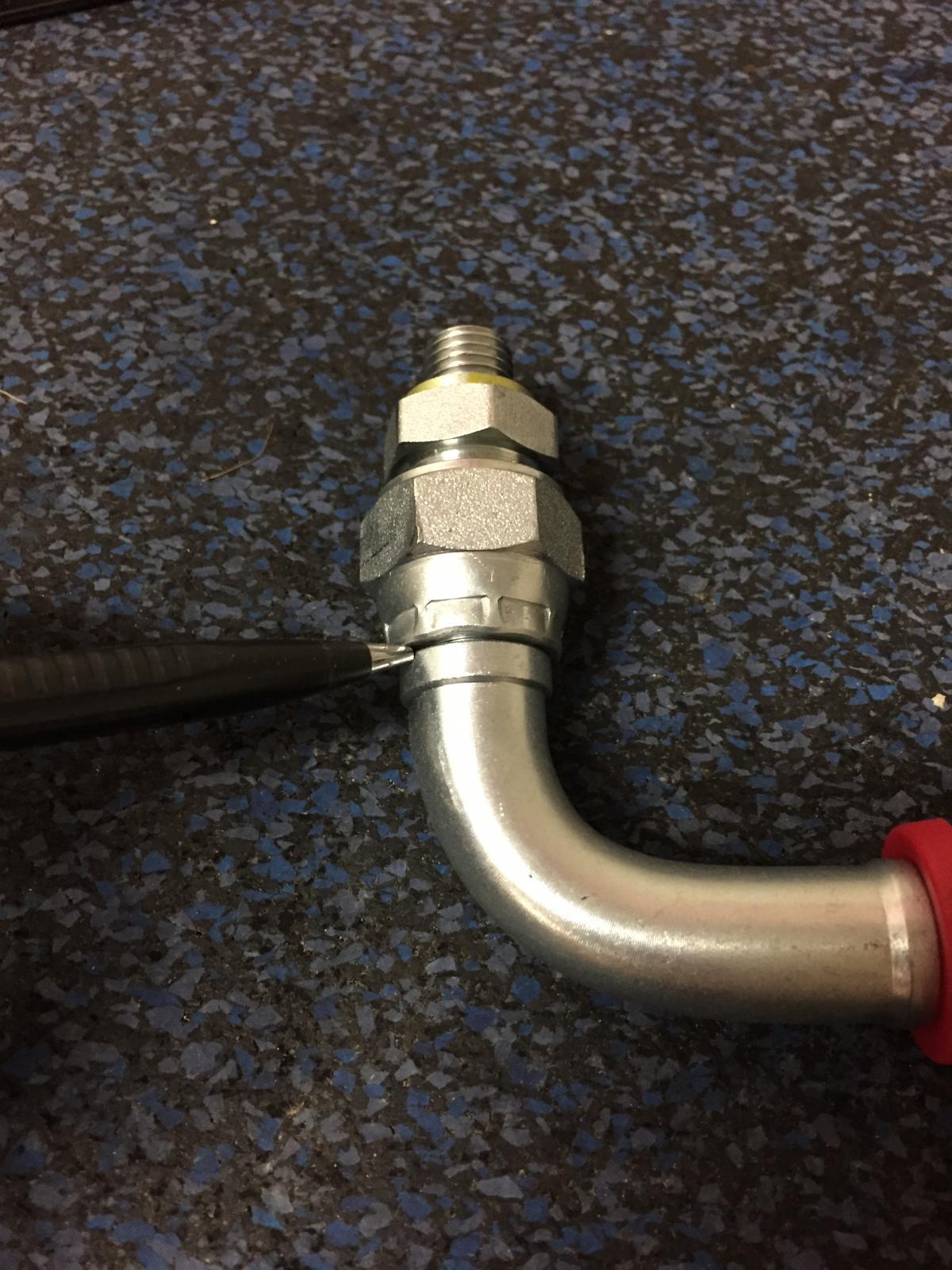- Replies 69
- Views 7k
- Created
- Last Reply
Top Posters In This Topic
-
 notlimah 31 posts
notlimah 31 posts -
 Mopar1973Man 12 posts
Mopar1973Man 12 posts -
 Ilikeoldfords 9 posts
Ilikeoldfords 9 posts -
 Hawkez 3 posts
Hawkez 3 posts



Hello all!
First time posting here, long time forum stalker!
I've recently installed a Raptor FRRP to replaced my failed carter. Not sure how long that one was out but I found out while in the process of installing my ISSPRO gauges.
Right now once the truck is fully warmed up my fuel pressure is at 19psi sometimes falling just into 20psi.
While running down the road my numbers are between 16-18psi depending on hard heavy the left foot is.
At WOT I get 14psi, sometimes dipping down to 13psi.
While from the research I've done from this site, the numbers I'm seeing fall well within the safe zone of the vp44, I'm a little concerned about the amount it's dropping between idle and WOT. Ideally I'd like to get it down to no more then +/- 5psi.
On top of the FRRP, I've also installed the vulcan big line kit. I'm sort of thinking it could be my stock fuel line coming from the tank to the raptor that is causing this drop, but I'm far from an expert, so that's what I'm hoping to get help with!
Thanks in advance!
Matt